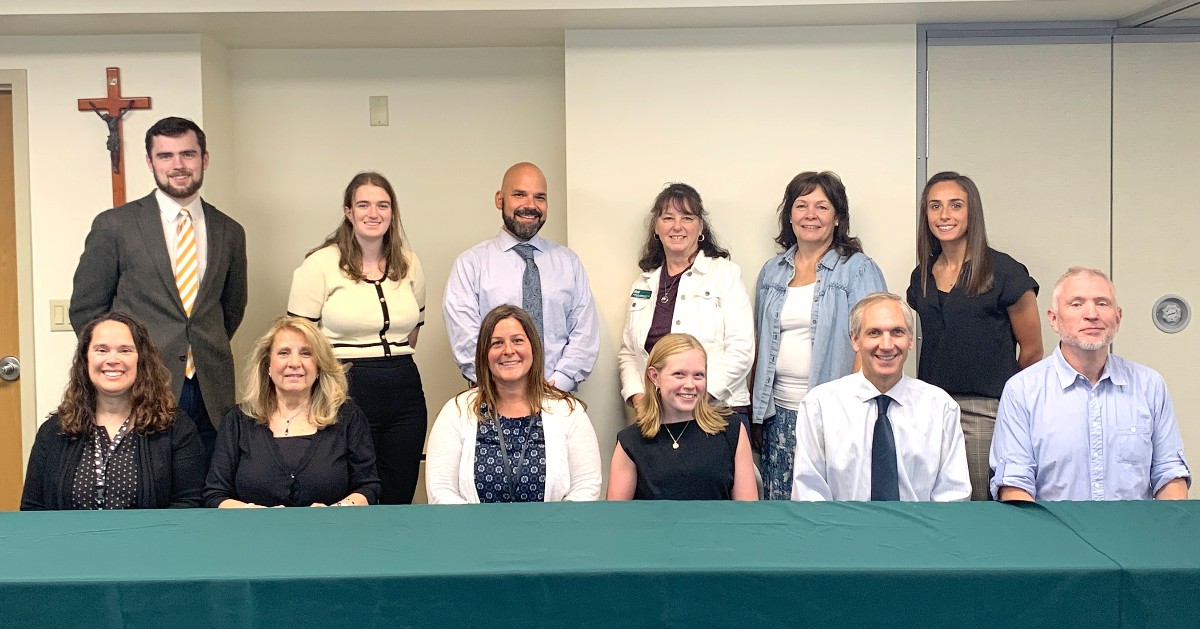Have you felt like the amount of storms and natural disasters, or extreme weather events, have increased in recent years? Or have you felt like storms or even the weather in general have become more intense and violent? This is no coincidence, and scientists have tried getting to the root of the increase in wild weather and providing an explanation for just how extreme they have grown. Over the past five years, studies have shown natural disasters and storms in general have cost the United States around 18 billion dollars; while the frequency of these events has increased as well. For example, according to a study done by the National Centers for Environmental Information: In the year 2000, there were only five natural disasters consisting of severe storms, flooding, droughts, winter storms, and wildfires. That number has significantly increased over the years, for example in 2008, only eight years later, there were a total of 12 natural disasters.
Moreover, as we move closer to the present, the number of natural disasters in 2020 in the United States was a whopping twenty-two natural disasters. Among these numbers lies a common natural disaster: severe storms. Another example on a wider scale includes research done by the Institute for Economics and Peace: its study shows that in 1960 there were 39 natural disasters, while there were 396 natural disasters in 2019. They concluded that over only 59 years, weather behavior has escalated and increased the number of natural disasters by about 357 per year. This can be accounted for by extreme weather changes not only in New England but all over the United States.
Why is this happening?
The increase in natural disasters and storms can be attributed to a variety of different factors. Climate change, a main factor of the changing weather, is heavily responsible for the rise in extreme weather. Climate change can be defined as the shifts or changes in temperatures that can affect weather patterns either through nature or human contribution, like greenhouse gases. Similarly, climate change is responsible for most if not all of the intense or frequent storms, heat waves, warming oceans, and more. For example, the frequency of droughts can be blamed by the rising temperatures across the United States, while the sea level is a main factor in an increase in hurricanes, storms, and flooding. This is because as temperatures rise, more water is evaporated into the air causing an abundance of heat in the atmosphere. This rise in warmth, as well as greenhouse gas emissions putting out more gasses into the environment, cause weather behavior such as aggressive wind speeds, tropical storms, and strong erosive forces of waves. Not only are natural disasters becoming more frequent, but they are also becoming longer and more severe because of the warm ocean temperatures. This affects not only tropical storms but also rising sea levels and can cause flooding in coastal regions
Why does this matter, and what does this mean?
Because of these increases in extreme weather, there is a new question of how and where we build certain structures. Because of an increased likelihood of flooding or wildfires in specific regions, it is becoming extremely important to consider these factors when building new foundations and buildings for places of work, residency, and more. By avoiding frequently targeted areas prone to natural disasters, we can avoid the risk of extreme weather destroying homes, workplaces, possessions, and even communities. Along with expanding our building knowledge and expanding our scope on building techniques, the need for upgrading our current building is also an important factor to consider. By being prepared and having the infrastructure to be able to withstand severe weather conditions, the likelihood of damages from these natural disasters.
——
Sources:
https://www.forbes.com/advisor/homeowners-insurance/natural-disaster-statistics/#:~:text=Jefferson%20Parish%2C%20Louisiana.-, How%20Many%20Natural%20Disasters%20Occur%20Each%20Year%3F,dollar%20climate%20disasters%20per%20year.
https://www.climate.gov/news-features/blogs/beyond-data/2022-us-billion-dollar-weather-and-climate-disasters-historical#:~:text=Th e%20number%20and%20cost%20of,and%20the%20fact%20that%20climate
https://www.usgs.gov/faqs/how-can-climate-change-affect-natural-disasters#:~:text=Droughts%20are%20becoming%20longer%20a nd%20more%20extreme%20around%20the%20world.&text=Tropical%20storms%20becoming%20more%20severe%20due%20to %20warmer%20ocean%20water%20temperatures.&text=As%20temperatures%20rise%20there%20is,and%20the%20snow%20mel ts%20faster.&text=Overall%2C%20glaciers%20are%20melting%20at%20a%20faster%20rate…
https://usafacts.org/articles/are-the-number-of-major-natural-disasters-increasing/ https://www.visionofhumanity.org/global-number-of-natural-disasters-increases-ten-times/





















